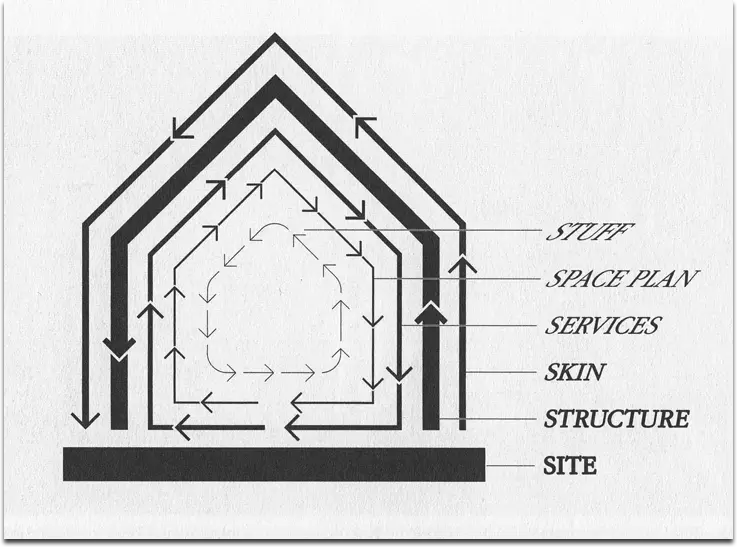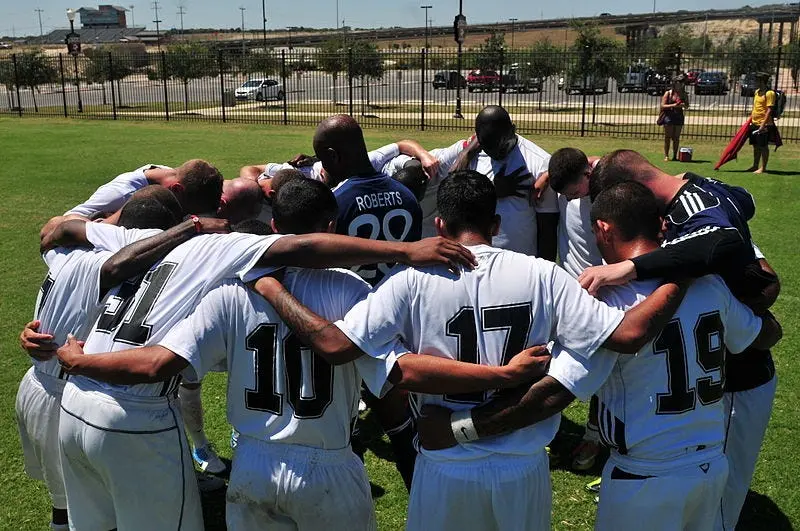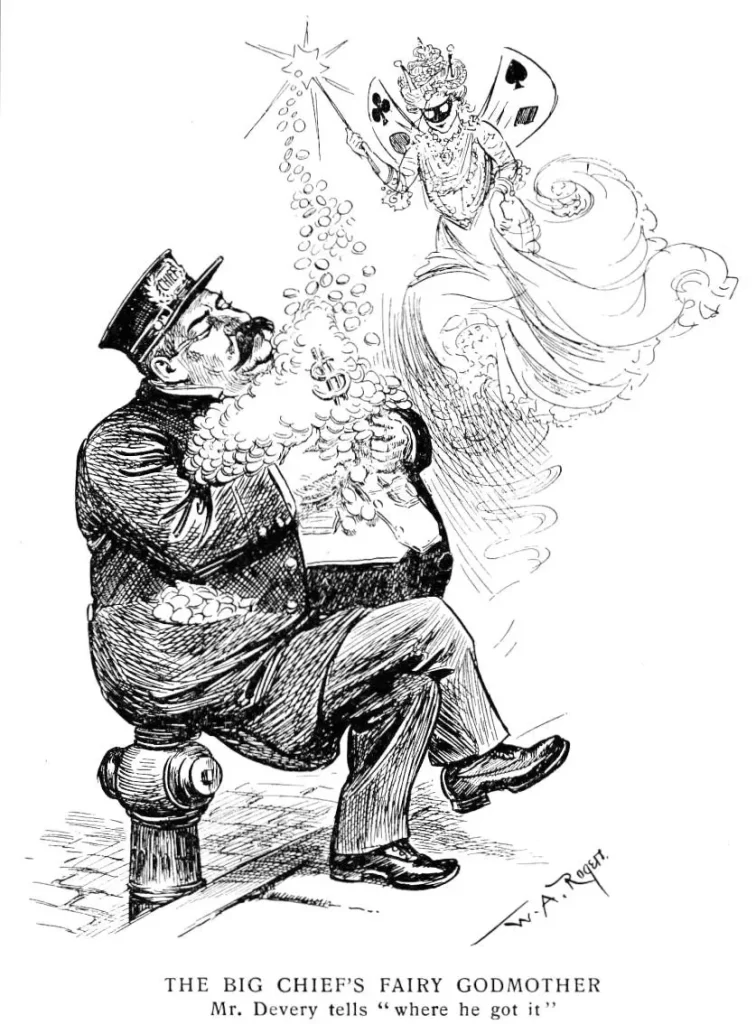
A map doesn’t tell you which route you should take — it just gives you the information to make the decision for yourself.
The Map is Not the Territory
Normally, I like my coaching to be concrete, but in this post I’d like to share several orienting metaphors to help early practitioners understand, conceptually, what governance is all about. I’m taking a shotgun approach by not presenting them in any particular order. So, I hope at least one helps.
#1. Governance is…a Roadmap
Governance is an organization’s unique map of its current expectations, restrictions, and authorities. And I mean that literally. It’s a map. So, governance only shows you possible pathways, where you can and can’t go. Just like a roadmap doesn’t tell you if you should go from NYC to Florida — it only tells you if you can and the different routes you could take to get there.
There are a million little decisions to make while driving down the road and the map isn’t designed to help you with those, just as an accountability will tell you what others can expect of you, but it’s still up to the role-filler to use their own interpretation and best judgment to figure out how to energize that accountability.
#2. Governance is…a Genie
Without a manager telling everyone what to do, we need the right to request things of each other. That’s how self-organization works. Since governance is a shared set of expectations (defined through a collaborative and fair process), practitioners can use it to request anything they wish from each other. It’s like having your own magic lamp (or magic wand).
Imagine you’re annoyed about slow customer response times. Simply check governance; is there a role that cares about that (as defined by their accountabilities or purpose)? If so, request a project, “Customer response times dramatically improved,” or whatever outcome your heart desires. If that outcome makes sense to work toward, then the role-filler must take it on. Simple. It’s off your plate. Move on. Let them use their judgment to figure out how to accomplish it. After all, why go through the methodological governance meeting process if it’s not going to make things easier day-to-day?
#3. Governance is…an Agreement
If two friends agree to lunch at 1pm, both can expect the other to show up (or at least call if their plans change). In the same way, governance is a collection of agreements, which carries with it the expectation that it will be followed or updated as appropriate. And since we’re talking about agreements amongst many people and across a huge number of expectations, writing them down helps us keep track.
This protects us (somewhat) from the exhausting and ultimately unsuccessful job of reading into others’ implicit expectations, and then orchestrating our behavior to protect our reputation. Instead, we can look at what we agreed to, trust each other to update the expectations when needed, and should either party fail to follow any given provision, we needn’t blame or judge — we can simply remind each other, “Hey, you already agreed to this.”
#4. Governance is…a Unique and Evolving Structure
In the book How Buildings Learn, Stewart Brand observes how every building has six nested systems; site (the foundation), structure (roof, walls, etc.), skin (drywall, siding, etc.), services (electrical system, HVAC system, etc.), space plan (furniture layout; tables, beds, anything big) and stuff (the stuff occupants use and move around day-to-day). He goes on to explain how each system maintains different amounts of stability while still allowing the building to “learn” by evolving at each level according to its purpose. The occupants’ stuff is the least stable, with space plan the next least stable, down to the most stable (and therefore least flexible) systems; the foundation and the structure.

So, while everything evolves, some things need to evolve more slowly. The same is true in Holacracy. All systems are a mixture of rigidity and flexibility. Governance then is like the structure of a given house. It’s stable, but unique having been customized to the purpose of its specific occupants (although since governance isn’t physical, it’s much easier to change than knocking down a wall).
So, at first glance, it may look like Holacracy’s constitution is trying to determine what kind of organization you have. It’s not. No more than the rules of physics dictate how to build a house. All houses are different. All need to have their own unique structure. But they all abide by the rules 2+2=4 and “having a giant hole in your roof means your couch gets wet.”
#5. Governance is…the Output of the Senior Executive Strategic Planning Off-Site Retreat Summit
I’m being tongue in cheek about this, but my point is that Holacracy practitioners are being asked to participate and contribute to something that, in most organizations, only executives, vice-presidents, and expensive consultants do…they are designing the organization (i.e. working on the organization, not just in it). It’s a new skill. Everyone has to do a little of it.
So, it’s understandable if the governance meeting seems weird, or if it’s hard to figure out the difference between governance and operations. Most people aren’t used to taking a step back and thinking in the metaspace, “How could I design the expectations, restrictions, or authorities, to resolve this problem?” But that’s exactly what governance is.
#6. Governance is…a Traffic Control System
Everyone wants things to move quickly. Creating a system in which a single person gets all their needs met at the expense of others is pretty easy. It’s called, “Let’s do whatever our leader tells us to do.” It’s much harder to create a system in which these two things are simultaneously true: 1) any individual can get to where they need to go as efficiently as possible, AND 2) everyone else can also get to where they need to go as efficiently as possible. In this sense, governance is like the matrix of roads, traffic lights, and roundabouts which allow all the citizens of the community most efficiently get to where they need to go.

So, sure it sucks when you hit a red light. Especially when there is no one coming the other way, but you don’t just drive through it anyway. So, in any given case, yes, it might be faster for you individually to just take care of things outside of our agreed-upon rules and governance, but that actually puts a lot of pressure on you to make nuanced and subjective judgments. Yet, we understand that even if it sucks to obey every stop sign, overall it makes sense to stop at stop signs. So, if something is in governance, it’s official. But of course, that official thing can also be changed. After all, maybe the red light should be changed to a roundabout.
#7. Governance is…a PlayBook
In sports, coaches usually design carefully orchestrated plays in which each individual has certain responsibilities. Of course, once the whistle blows it’s up to the players to execute those plays, and to do so with enough discipline and judgment to intelligently adapt on the fly. Imagine if there were no set plays. No planned out coordinated moves. Just everyone doing what they thought was best. No alignment. No real team.

In Holacracy, everyone is doing what they think is best, but they aren’t only doing that. They are also using governance as a shared playbook of expectations and responsibilities. And there isn’t a single individual determining who does what — the group decides what the playbook looks like by processing their tensions one-at-a-time. So, with the playbook defined, each individual can use their best judgment day-to-day. This is how Holacracy integrates both autonomy and alignment to ensure we get the best out of each individual AND the overall team.
Read “Introducing the Holacracy Practitioner Guide” to find more articles.
To learn more about self-management, join a community of pioneers and check out our e-learning suite → Self-Management Accelerator


